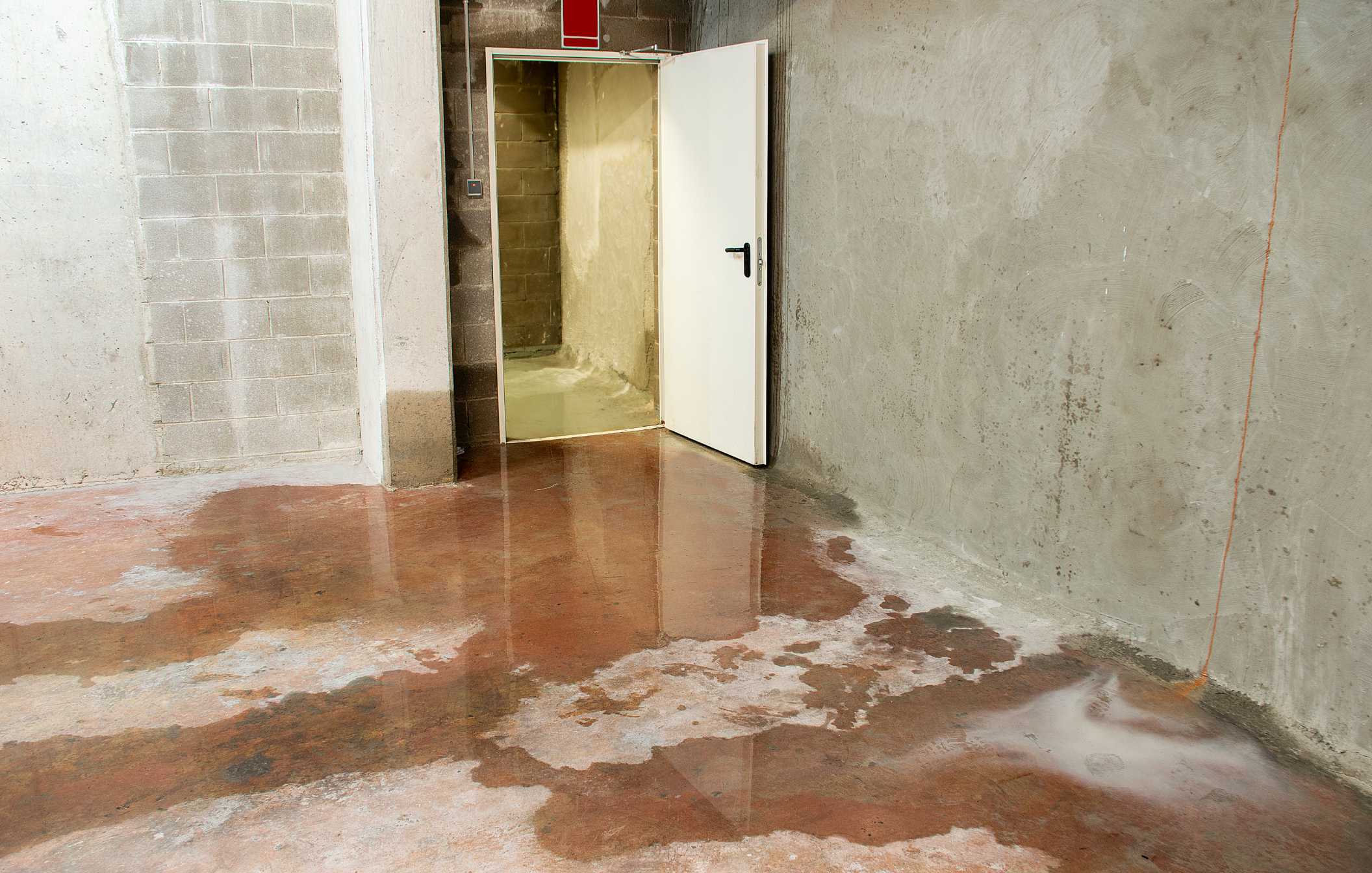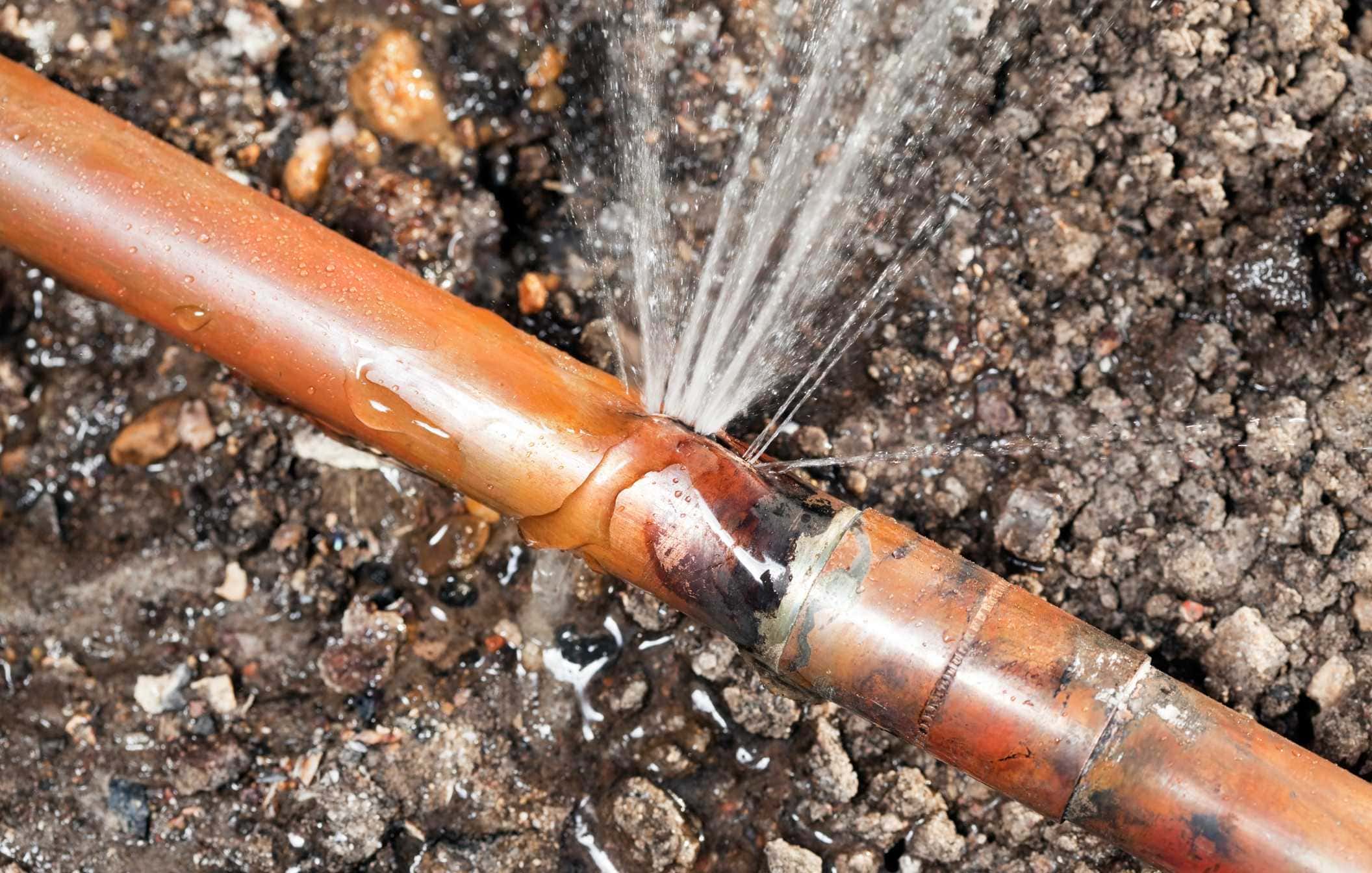Water leaks are common in households and can occur at any time. Homeowners often overlook their plumbing system until a problem arises; it can be too late.
A leak left untreated can lead to significant damage and expensive repairs. With proper maintenance and early detection, many leaks can be prevented.
This guide outlines key methods to detect hidden water leaks and avoid costly damage to your home.
Let’s get straight to the point.
If not detected early, water leaks in homes can lead to significant damage and costly repairs. Signs of underground leaks include unexpected puddles, lower water pressure, cracks in driveways, and rising water bills.
Simple methods like checking the water meter, monitoring water usage, and testing toilets with food colouring can help detect leaks. Undetected leaks may result in mould growth, water waste, and structural damage.
Regular plumbing inspections, replacing old pipes, and fixing leaks promptly can prevent serious issues and protect your home from extensive water damage.

Methods To Detect Water Leaks
Detecting water leaks early can save thousands of dollars in repair costs. Below are six effective methods for identifying hidden water leaks.
1. Check The Water Meter
One of the simplest ways to detect a leak is by monitoring your water meter. First, turn off all water sources in your home, including taps, washing machines, and dishwashers. Then, check the meter reading. Wait two hours without using any water and check again. If the meter has changed, you may leak. A slower-moving meter could indicate a minor leak, but it’s still essential to address the issue.
2. Monitor Your Water Usage
Monitor your water usage, especially during the colder months. A typical household of four should aim for reasonable water consumption. If you notice unusually high usage, it could indicate a hidden leak. Be aware of any unexpected spikes in your water bill, particularly if your habits have stayed the same.
3. Compare Your Bills
If your water bill steadily increases but your usage remains the same, this may indicate a leak. Comparing your current bills with past months can help determine if an unexplained increase has occurred. Acting quickly if you suspect a leak is essential to prevent further damage and cost.
4. Use Food Colouring For Toilets
Your toilet could be the culprit behind a hidden leak, accounting for up to 30% of your home’s water use. To test for leaks, place a few drops of food colouring into the toilet tank and wait ten minutes. If the colour appears in the bowl without flushing, a leak must be fixed.
5. Inspect Outdoor Areas
Leaks don’t just happen inside the home; outdoor areas are just as vulnerable. Check your garden hose connections and outdoor faucets for drips or leaks. If you use an irrigation system, have it inspected annually to detect any leaks. A small leak in your system can waste thousands of litres of water each month.
6. Use Your Senses
Pay attention to mould or musty smells under sinks or behind cabinets. These can be signs of hidden water leaks. Inspect pipes for signs of corrosion, wet spots, or other damage. If your house is older, it may be time for a professional to inspect your plumbing.
Signs Of Underground Water Leaks
Underground leaks can be particularly dangerous as they may go unnoticed for a long time. Here are some signs that could indicate a problem beneath the surface:
- Unexpected Puddles: If there has been no rain, but you find damp spots or puddles in your yard, this could indicate an underground water leak.
- Lush Grass: Greener, mossier, or mouldy patches in your yard can indicate excessive water leaking from underground pipes.
- Decreased Water Pressure: A sudden drop in water pressure might be caused by a leak in the underground pipes that supply water to your home.
- Cracks in Driveways or Foundations: If you notice cracks or lumps in your driveway or foundation, a leak causing soil to shift may be the cause.
- Sinkholes: Small potholes or sinkholes in the driveway or yard are a severe sign of an underground leak.
- Increased Water Bill: A sudden spike in your water bill without increasing usage often indicates a hidden leak.
- Noise in Pipes: If a leak occurs in pressurised underground pipes, they may produce a hissing or whooshing sound. Listen carefully near your water meter or along your pipes.
Risks Of Water Damage
Undetected leaks can lead to significant damage over time. Here are some of the most common risks associated with untreated water leaks.
1. Mould Growth
Mould thrives in damp environments and can begin to grow within 24 hours of a water leak. Leaks combined with high humidity create the perfect breeding ground for mould. Even though mould isn’t as dangerous as asbestos, it can trigger allergies and respiratory issues for sensitive individuals. Addressing leaks quickly will help prevent mould growth and improve indoor air quality.
2. Water Waste
Water leaks can waste a substantial amount of water over time. According to the Alliance for Water Efficiency, a typical household loses between 2,000 and 20,000 gallons of water annually due to leaks. Even a slow drip from a kitchen sink can result in over 1,000 gallons of water loss yearly. Besides the environmental impact, leaks also add unnecessary costs to your water bill.
3. Structural Damage
Leaks behind walls, under floors, or above ceilings often cause severe damage. When you notice signs such as cracked walls, damp patches, or water dripping from the ceiling, the damage may already be significant. If left untreated, water leaks can cause wooden frames to rot and foundations to weaken, leading to costly repairs. In extreme cases, this could result in a ceiling or wall collapse.

Preventing Water Leaks
While preventing every leak is impossible, regular maintenance can significantly reduce the risk of major water damage. Here are some steps you can take to protect your home.
1. Regular Plumbing Inspections
Having a licensed plumber inspect your home’s plumbing system annually can help identify potential issues before they become significant problems. They can check for signs of wear, corrosion, or small leaks that might otherwise go unnoticed.
2. Replace Old Pipes
If your home is over 25 years old, your pipes may deteriorate and need to be fixed. Old, worn-out pipes are more likely to leak, so replace them with more durable materials. This is especially important for homes with galvanised steel or lead pipes, as these materials are prone to corrosion.
3. Keep An Eye On Water Pressure
High water pressure can strain your plumbing system unnecessarily, increasing the likelihood of leaks. Install a pressure regulator and keep your water pressure within the recommended 40-60 psi range.
4. Maintain Your Water Heater
A well-maintained water heater can prevent leaks and extend its lifespan. Regularly check for signs of corrosion or leaks around the base of your water heater. If you notice any issues, have a professional inspect them before they lead to a more significant problem.
5. Fix Leaks Promptly
Even minor leaks can lead to major problems if left untreated. Addressing leaks as soon as you detect them can prevent structural damage, water waste, and mould growth. If you’re unsure how to fix a leak, don’t hesitate to contact a professional plumber.
Conclusion
Water leaks, especially hidden ones, can cause significant damage to your home and lead to costly repairs. Regularly inspecting your plumbing system, monitoring your water usage, and addressing any leaks promptly can help you avoid major issues. Look for the signs of leaks and take action quickly to protect your home from water damage. Being proactive can save time and money and relieve the headache of extensive repairs.
FAQs About Water Leaks
Where Are Water Leaks Most Common?
Kitchen and Bathroom Faucets. Faucets are arguably the most common place for water leaks to happen. While that steady drip, drip, drip might seem like a simple annoyance, taken together those droplets could represent a significant increase in your water bill.
Is There A Tool To Detect Water Leak?
A water leak detector can reduce the risk by alerting you to problems quickly, so you can act to prevent severe damage. We have tested several over the past few months, and these are the smart water leak detectors we recommend.
How Long Can A Slab Leak Go Undetected?
These water leaks start off invisible to the eye and go undetected for weeks or even months, they can cause hidden water damage and mold. After 72 hours after a water leak mold can start to grow, thriving in damp, dark places like behind cabinets and between walls.
How Serious Is A Slab Leak?
Slab leaks can and will cause: Damage to your home’s foundation. Slab leaks can weaken the structural integrity of the concrete and steel supports that comprise your foundation. Eventually, water pressure and leakage can cause you foundation to shift and move, and even crack or collapse.
Why Would Water Be Coming Out Of My Floor?
When you first notice rising water, there are a few main reasons this could be happening. You might have a plumbing leak, or it could actually be coming through the ceiling. If not, the issue could be anything from a leaky in-floor heating system to groundwater seeping through the foundation of your home.

